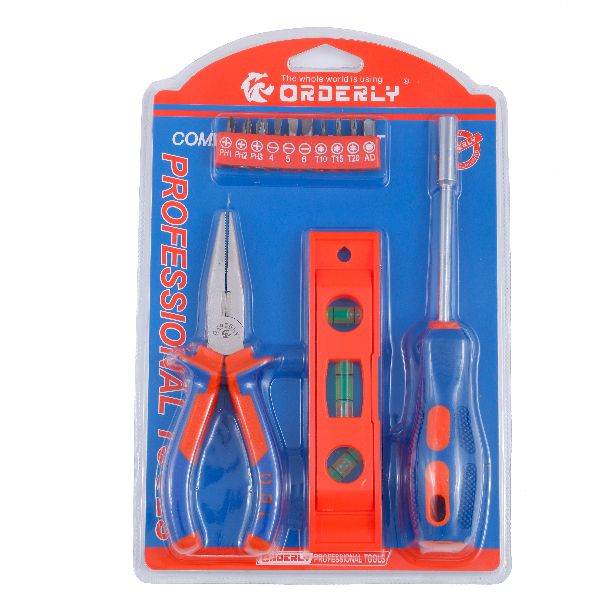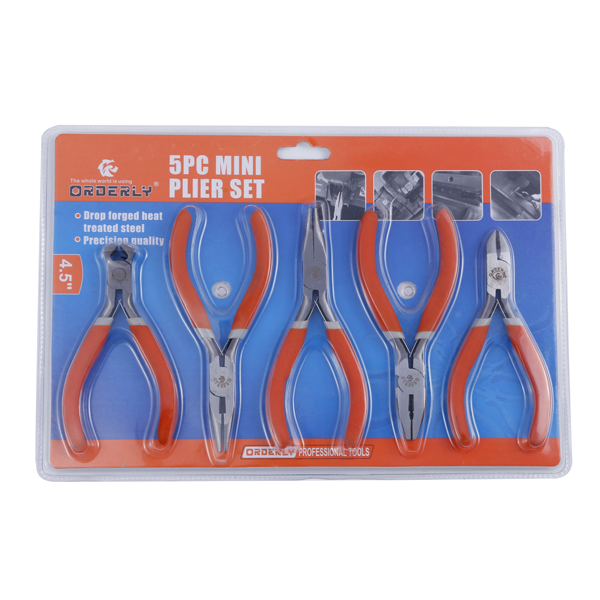The ancient art of hand forging is both a practical skill and a form of artistic expression. It encompasses the shaping of metal using localized compressive forces, a process that has been refined over centuries. This article delves into the essential hand forging tools, providing a comprehensive list for beginners and seasoned blacksmiths alike. Understanding these tools is pivotal for anyone looking to explore the limitless possibilities of forged metal.

Understanding the Basics: An Introduction to Hand Forging Tools
Hand forging is a craft that dates back to ancient times, where metal is shaped by heating and hammering. To embark on this timeless endeavor, acquiring the fundamental tools is the first step. Key among these are the anvil, hammers of various types (such as the cross-peen hammer
), tongs for holding hot metal, and the forge itself. Each tool plays a distinct role in shaping metal, from initial heating to the final touch.

The Forge: Heartbeat of the Blacksmith’s Shop
At the core of any blacksmithing endeavor is the forge. This heating apparatus is essential for making the metal malleable. Traditional forges are coal-fired, but modern variants may use gas or electricity. The choice of forge influences not just the heating process but also the types of metal a blacksmith can work with, demonstrating the critical role of this tool in the art of hand forging.
Anvils: The Stalwart Work Surface
Anvils serve as the robust surface on which metal is shaped. They come in various sizes and styles, each suited to different aspects of the forging process. A quality anvil is a blacksmith’s faithful partner, facilitating everything from precise bends to flattening. It’s where the heated metal meets the hammer, and where the magic of shaping begins.
Hammer Time: Selecting the Right Hammer
The choice of hammer is pivotal in hand forging. Each type (such as the cross-peen, straight-peen, and ball-peen) is tailored to specific tasks, from spreading metal to intricate detailing. Mastery over using different hammers is essential for a blacksmith, as it determines the efficiency and precision of the work. Balancing weight and comfort is crucial in selecting the right hammer for the task at hand.
Forging Tongs: The Extension of a Blacksmith’s Hand
Tongs are indispensable in the forging process, allowing blacksmiths to handle hot metal safely and with precision. The variety of tong styles reflects the diversity of tasks in hand forging, from holding small pieces to manipulating large workpieces. Good tongs act as an extension of the blacksmith’s hand, offering control and safety in equal measure.
This guide has journeyed through the foundational tools of hand forging, from the essential forge and anvil to the varied hammers and tongs that bring metal to life. For anyone embarking on the path of hand forging, understanding and acquiring these tools is the cornerstone of mastering the craft. Each tool, with its unique role and function, weaves into the larger tapestry of metalwork—a testament to the enduring legacy and artistry of blacksmithing.
